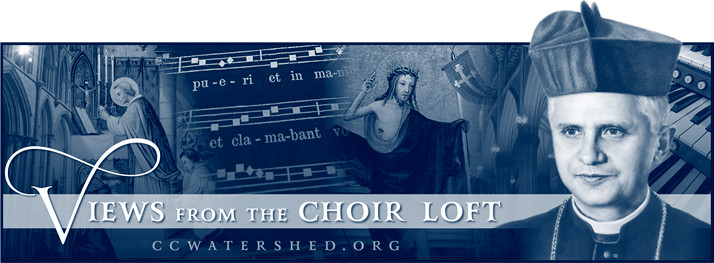 NCIENT Christian manuscripts vary quite a bit. Some are practical, while others are luxury items. Some are spartan in appearance, but others are rife with decorative elements. Some are thick, and some are thin. They can be difficult to categorize, as well, since their creators often did not have in mind the formal genres we like to identify today (e.g., missal/sacramentary, book of hours, antiphonary, epistolary, Gospel book, capitularium, etc.).
NCIENT Christian manuscripts vary quite a bit. Some are practical, while others are luxury items. Some are spartan in appearance, but others are rife with decorative elements. Some are thick, and some are thin. They can be difficult to categorize, as well, since their creators often did not have in mind the formal genres we like to identify today (e.g., missal/sacramentary, book of hours, antiphonary, epistolary, Gospel book, capitularium, etc.).
One very famous manuscript is the Rabbula Gospel Book. All sorts of facts about this evangelarium are available on the Internet (like here and here), so I won’t rehash them all here. Suffice it to say that the Rabbula Gospel Book is a 6th-century manuscript produced in Syria, completed in AD 586 at the Monastery of St. John of Zagba. The texts of the four Gospels and the Acts of the Apostles are presented in Syriac. This is one of the earliest Christian manuscripts to be illuminated with (the oxymoronic) “large miniatures.” The manuscript, which is held by the Biblioteca Mediceo Laurenziana in Florence (cod. Plut. I, 56), is especially notable for its use of bright colors and the miniaturist’s interest in conveying movement.
My reason for mentioning the Rabbula Gospel Book today is twofold. First, fol. 13v features a large miniature (33 x 25 cm) of today’s feast, the Ascension.

This is a very interesting image, framed with multi-colored geometric forms. In the upper half, the Lord is shown within a mandorla, ascending into heaven on a chariot. Many of the features in this portion of the miniature—the four living creatures (tetramorph), the four wheels, the hand of God—are drawn from the prophet Ezekiel’s mystical vision of God (c.f., Ezek 1).
In the lower half, the miniaturist gives great prominence to the Blessed Virgin Mary, despite the fact that the scriptural accounts do not specify her presence on this occasion (c.f., Mk 16:19-20 and Lk 24:50-51). She stands out in blue, and she is the only disciple given a halo/nimbus. The Blessed Mother is flanked by angels—the “two men dressed in white garments” (c.f., Acts 1:10)—each with a halo/nimbus. Mary and Jesus are the only two characters in the scene shown facing forward. The Blessed Mother is shown praying, and she distinctly does not share in the state of confusion manifest among the other disciples.
The remaining characters number twelve, although neither Judas nor Saint Mathias is included. Instead, Saint Paul is portrayed with his characteristic attributes of a long beard and a book of his letters. This is an anachronistic interpolation, inasmuch as Saul of Tarsus had not yet been converted to Christ by the time of the Ascension.

The second reason for highlighting the Rabbula Gospel Book today is that it presents a very uncommon image related to tomorrow’s feast of Saint Mathias. On folio 1v of the manuscript, one finds the scene of Saint Mathias being chosen to fill Judas’ place among the Twelve (c.f., Acts 1:15-26).

This image is interesting in its own right, but all the more so since, in later art, this scene has rarely been depicted.

Curiously, the Rabbula Gospel Book includes more illustrations of scenes from the Acts of the Apostles than from the four canonical Gospels. This is a good reminder not to neglect our study of Acts, particularly throughout Eastertide.
“While they were gazing into heaven as He went, behold, two men stood by them in white robes and said, ‘Men of Galilee, why do you stand looking into heaven? This Jesus, who was taken up from you into heaven, will come in the same way as you saw Him go into heaven.'” (Acts 1:10-11, RSV)

